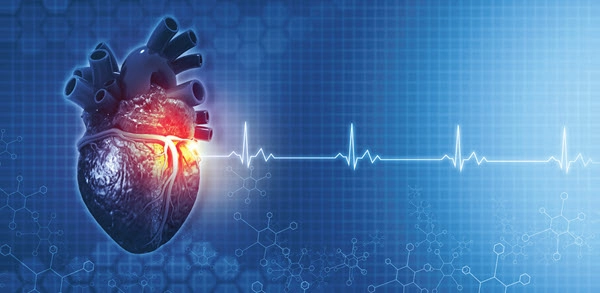5 Quick Tips Help Boost Your Electrocardiogram Reporting Skills
Hint: Follow specific rules for rhythm ECGs. Reporting ECGs (electrocardiograms) can be a challenge. For example, you must check the medical documentation to see which part of the ECG service your cardiologist performed. You must also know if the procedure was a routine or a rhythm ECG. Read on to learn more. Tip 1: Understand What Happens During ECG An ECG, also known as an EKG, records the electrical activity of a patient’s heart at rest. The Sinoatrial (SA) Node, which located in the right atrium, sends electrical impulses to the heart muscles, which contract resulting in systole. When the cardiologist performs a twelve lead ECG, he uses twelve electrodes placed on the skin over different regions of the patient’s body (the limbs and chest). These electrodes record the electrical activities of the heart, and the recordings are put into a graphic format. When the cardiologist interprets the graphs, he can diagnose heart disorders and conditions such as myocardial infarctions (MIs), sinus bradycardia, and mitral valve prolapse. Don’t miss: “There are usually distinct reasons for performing a 12 lead ECG versus a 1-3 lead ECG,” says Robin Peterson, CPC, CPMA, Manager of Professional Coding, Pinnacle Integrated Coding Solutions, LLC. “A 12 lead ECG provides a complete 3-dimensional look at the heart’s electrical activity and is considered the gold standard. A 12 lead ECG helps identify things like myocardial ischemia and myocardial infarction but also gives a picture of any arrhythmia the patient may be experiencing, Peterson added. A 1-3 lead EKG focusses on the heart rhythm and is useful for identification of things like heart block and tachyarrhythmias. Tip 2: Turn to These Codes for Routine ECGs If your cardiologist performs a routine ECG with at least 12 leads, you should look to the following codes: Tip 3: Rely on 93040-93042 for Rhythm ECGs If your cardiologist performs a rhythm ECG, you should look to the following codes: Don’t miss: Rhythm ECGs have no more than three leads. Follow these rules: CPT® gives you these specific rules to follow when reporting rhythm ECGs: Caution: You should never report codes 93040-93042 for the review of telemetry monitor strips taken from a monitoring system, per the CPT® guidelines. Tip 4: Dig Into Routine ECG Scenario Put together everything you learned above and test your knowledge about how to report a routine ECG. Example: The cardiologist performs a routine ECG with 12 leads in his office. He owns the ECG machine. He also performs the interpretation and report. Solution: You should report 93000 in this case. Tip 5: Discover Rhythm ECG Example Check out this rhythm ECG example to make sure you know how to report these codes appropriately: The cardiologist performed both the professional and technical components of a patient’s one lead rhythm ECG. The cardiologist’s order for the ECG supported the diagnosis of unspecified chest pain as the triggering event. The cardiologist used the rhythm strip to help diagnose the presence or absence of an arrhythmia. The medical documentation demonstrated the need for the cardiologist to evaluate the presence or absence of an arrhythmia. The cardiologist’s separate signed, written, and retrievable report followed his ECG order. The cardiologist owns both the ECG machine and the supplies. Solution: You should report 93040 (Rhythm ECG, 1-3 leads; with interpretation and report) for the ECG. You should report R07.9 (Chest pain, unspecified) as the ICD-10-CM code.




